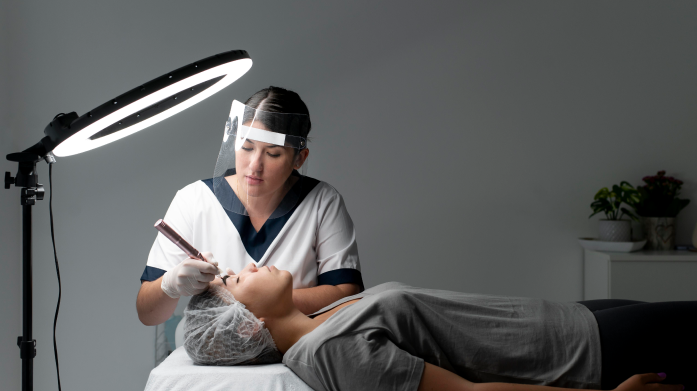According to Julie Corliss at Harvard Medical School, the transition from fall to winter means grayer skies, shorter days, and for some people, the return of seasonal affective disorder. With the apropos acronym of SAD, this disorder has symptoms similar to depression (such as feeling sad, listless, and sluggish) but occurs only during the late fall and early winter.
Light therapy – which involves sitting close to a special light source every morning for at least 30 minutes – can help improve SAD. But many people don’t realize that this therapy can also be effective for major depression and depression that occurs during or after pregnancy, known as perinatal depression.
Why do people experience SAD?

SAD seems to be triggered by a drop in daily sunlight exposure. Light affects complex systems that govern the 24-hour circadian clock in the brain, which regulates not just our sleep and wake cycles but also digestion, hormonal activity, and other important bodily functions.
“Beyond setting our circadian clock, light exposure also seems to affect higher-functioning areas of the brain,” he says. That’s why light therapy may help treat SAD, which, like major depression, can also be treated with medications and therapy.
Light therapy may prompt improvement with few side effects
For people with depression who are pregnant or elderly, trying light therapy makes sense because these groups often need to avoid or reduce medication use. And older people, especially those with limited mobility, often spend a lot of time in dim environments and are prone to depression.
How to use light therapy

Light therapy requires a light box that emits 10,000 lux (a measure of light intensity). You sit in front of the light for about 30 minutes every morning, as soon as possible after you wake up. Light boxes aren’t regulated, so it’s important to make sure you buy one that meets certain specifications.
To use a light box, place it in front of you or slightly off to the side. Don’t look directly at the light but keep your eyes open. You can eat, read, watch television, or work on a computer while you’re under the light.
An early morning walk

For everyone else who’s feeling down or depressed – whether related to the season or pregnancy, or not – an early morning walk can offer similar light therapy benefits. A bright sunny day is about 50,000 lux, and a gray day is around 10,000 lux.
.

